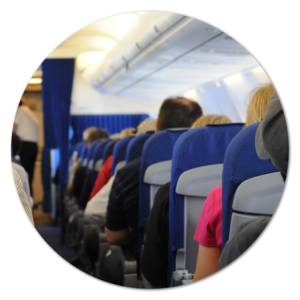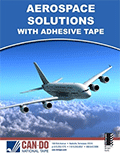
Some of the noise can be reduced during the design phase where the engineering team relies on the adoption of innovative technical solutions to address other sources for high noise levels. But of course, the balancing act is always between performance and weight. While heavier materials may be more effective in decreasing noise levels, increased weight means increased fuel usage and therefore increased cost. Lighter weight composite materials adopted for use in aerospace assemblies create lighter, more fuel efficient aircraft, but some of these materials actually contribute to the increased noise problem. Unfortunately, these composite materials vibrate more and transmit acoustic energy to a higher degree than aluminum.
The solution requires a combination of vibration absorption and sound-dampening materials. Dampening materials are applied to the flooring and panels, and are also used on the inside of sidewalls as well as any overhead composite materials that may reflect and amplify noise. Additionally, acoustic dampening materials are typically applied to the areas inside of the fuselage skin that are prone to vibration.
High bond, pressure sensitive adhesive tapes provide an easy solution to attach and secure noise abatement materials. The bonding formulas used are engineered for secure and tight bonds that withstand vibration, temperature fluctuation and other flight conditions. Added benefits include cost efficiency (savings gained from reduced time, cost, and weight) and easy application. The adhesive tapes are also flame retardant and fully compliant with applicable FAA regulations.
When deciding on a system for attaching noise abatement materials in an aircraft, on a new design or a retrofit, consider using adhesive tapes to achieve maximum efficiency.
To learn more about how adhesive tapes are addressing challenges in the aerospace industry, download our free guide , Aerospace Solutions with Adhesive Tape.

